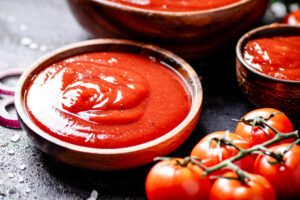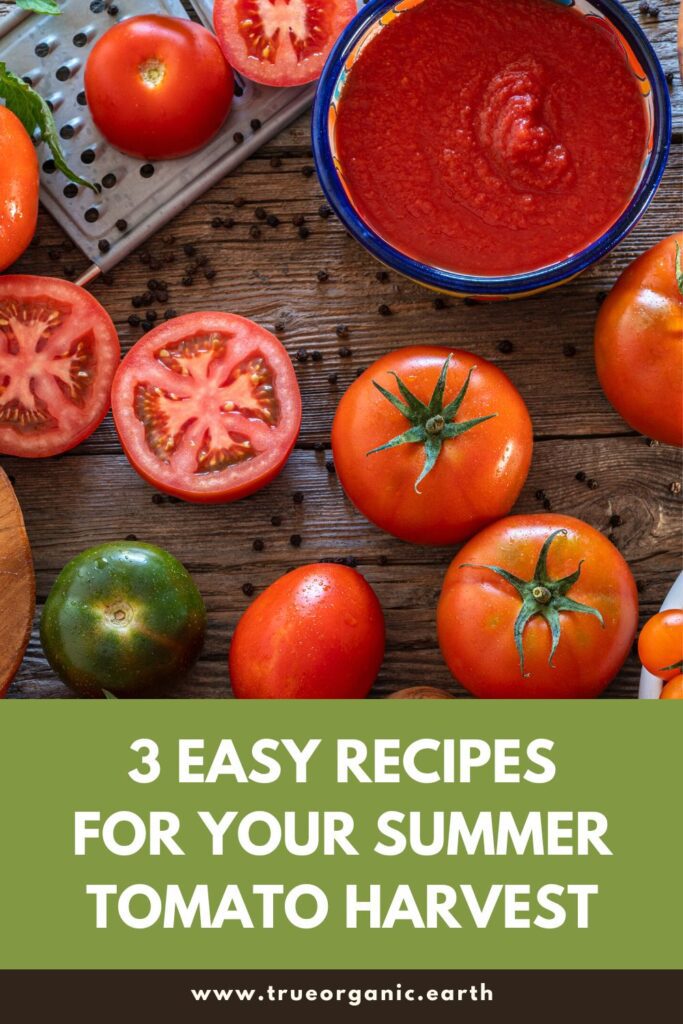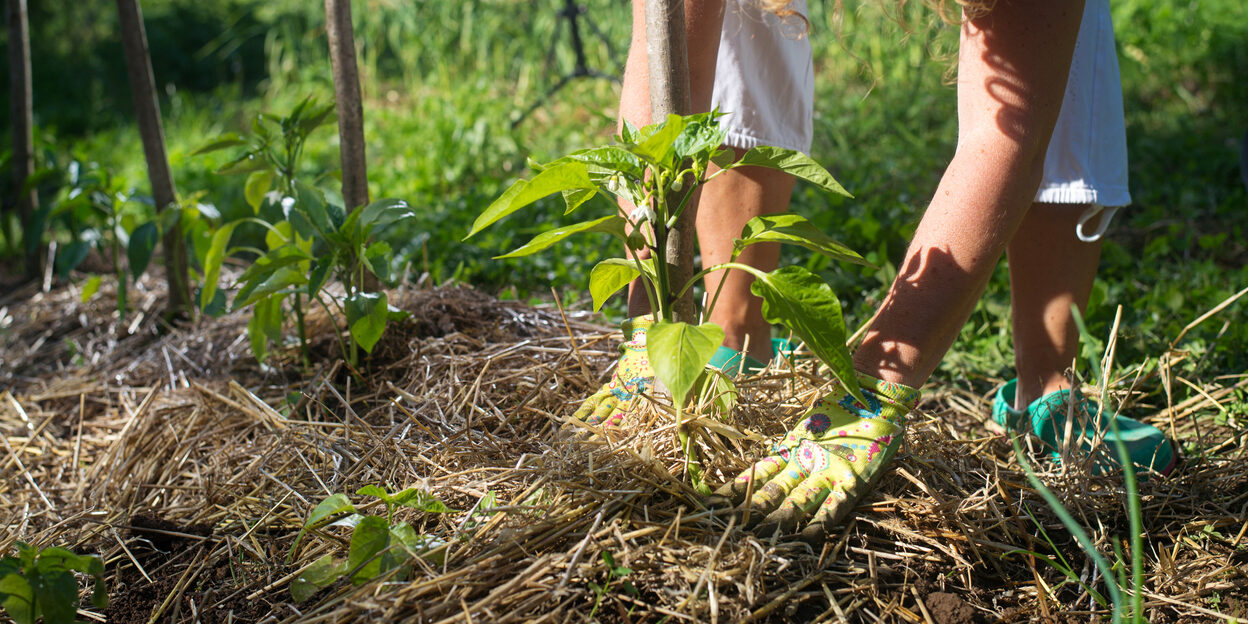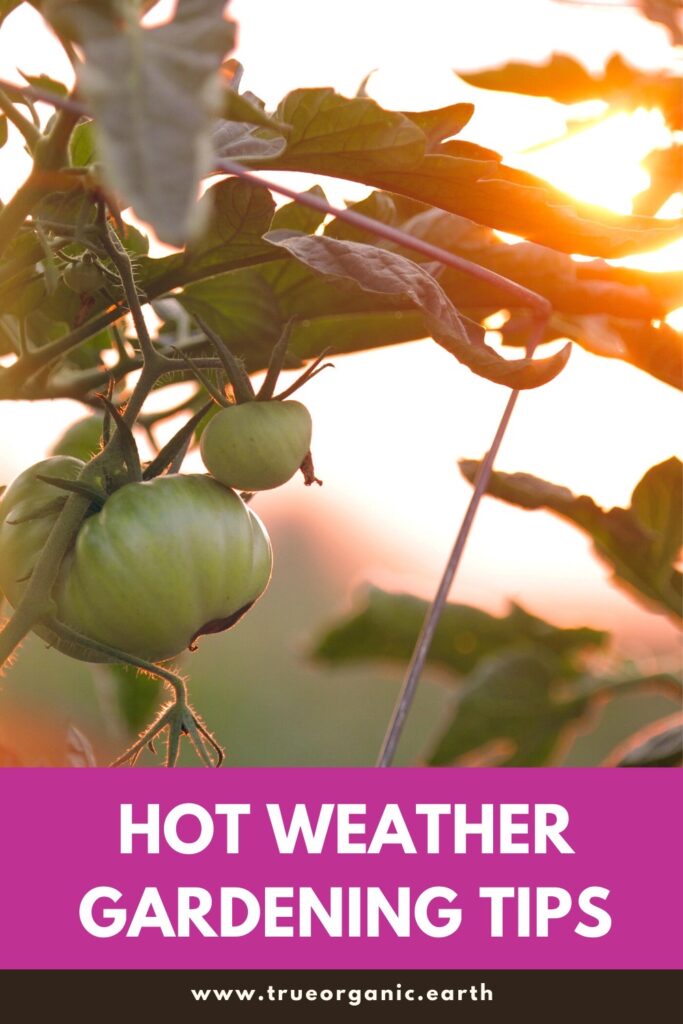Growing Organic Futures With The CCOF Foundation
December 21, 2022
admin
Growing Organic Futures With The CCOF Foundation
You’ve probably heard of CCOF: a nonprofit organization that advances organic agriculture for a healthy world through organic certification, education, advocacy, and promotion. CCOF’s mission is to help build a world where organic is the norm. CCOF’s educational and grant-making enterprise is the CCOF Foundation, which empowers organic farmers to grow organic agriculture, which in turn creates a more prosperous, resilient world. It’s easy to see how True Organic and CCOF’s missions align. We’re honored to be an ongoing supporter of the CCOF Foundation, particularly as a donor to their Future Organic Farmer program.
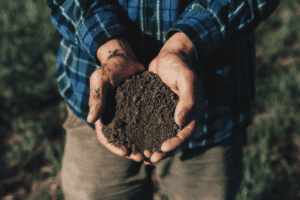
About CCOF & The CCOF Foundation
In 1973, CCOF was founded by 13 farmers who made a commitment to support organic farming and each other. Their commitment evolved into an organic certification business (how you’ve probably heard of CCOF — or at least seen the certification label!) and the CCOF Foundation.
The CCOF Foundation focuses on the founders’ spirit of community support, while CCOF’s organic certification enterprise continues to ensure organic standards across the country.
CCOF is committed to exploring the growing edge of organic, and that’s why they’re invested in new organic farmers’ education, resources for farmers in transition to organic, and in supporting seasoned organic professionals’ success through ongoing learning and training. And so are we!
The Future Organic Farmers grant is just one program offered by the CCOF Foundation. Read more about their other grant programs and their Organic Training Institute on their website.
CCOF’s Future Organic Farmer Program
This awesome grant program gives $5,000 in scholarships to college and vocational students training for careers in organic. These grants are offered to students pursuing vocational training/certificate programs, junior college/two-year degree programs, bachelor’s/four-year and undergraduate degrees.
CCOF writes: Future Organic Farmer grants are an investment in our future food system. The more beginning farmers who pursue organic, the more we increase organic acreage and feed our communities organic food. We hear from our Future Organic Farmer grantees that this scholarship helped them pursue organic and gave them the confidence to succeed.
We couldn’t agree more.
Aligned Missions for Planetary Health
“What if you could combat climate change, strengthen local economies, and improve health in our communities, all through one strategic initiative?”
We bet you can guess where this question from the CCOF website is leading: organic agriculture. We rely on agriculture to survive, and yet it’s also one of the biggest contributors to our current planetary health crisis. Good news: organic and regenerative agriculture methods are one of the most impactful ways we can reverse climate change!
True Organic founder, Jake Evans, started this company because he was devastated at how synthetic,
petroleum-derived chemicals were pervasive in our soil — and had depleted the soil of its natural ability to sequester carbon and retain water.
Learn more about the magic of carbon sequestration and how healthy soil (replenished by organic techniques) and save the planet. We are committed not only to serving agricultural organic produce growers with the safest, highest-quality organic fertilizer possible but also to helping preserve the planet. The more acres of farmland and gardens that are being tended with organic methods, the more we all benefit — the planet and our communities.
ccof foundation ccof foundation
Show us your True Organic Plants
#GrowWithTrue
www.trueorganic.earth
5 Easy, Delicious Root Vegetable Recipes for Winter
November 28, 2022
admin
5 Easy, Delicious Root Veggie Recipes for Winter
‘Tis the season for all root veggies! While Winter can sometimes feel like an ebb in the abundance of garden harvests, root vegetables are having their moment in the sun. Beets, carrots, and potatoes are celebrated superstars of the Fall and Winter table: they store well for a long time, they’re dense with nutrients that your body needs, and cooking them in the oven makes a warm, cozy atmosphere for those blustery days.
Here are 5 fun recipes for the root veggies you dug up this year!
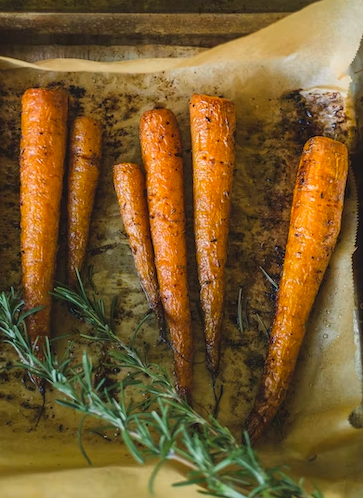
Crispy Roasted Carrots with Parmesan and Garlic
Bored of roasted carrots? We don’t blame you. Here’s a wonderful way to make them zesty, crunchy, and fun enough that the whole family will want seconds. This delectable recipe from Cafe Delites is truly mouthwatering and so simple to make. It’s a perfect side dish for any dinner or for a holiday celebration.
Ingredients
- 2 pounds carrots, washed well
- 1/4 cup olive oil
- 4 large cloves garlic, minced (or 1 tablespoon minced garlic)
- 1/4 cup grated parmesan cheese
- 2 tablespoons Panko bread crumbs
- Salt and pepper as desired
- Fresh chopped parsley, thyme, or rosemary, optional
Make It!
- Preheat oven to 400°F.
- Lightly grease or spray a baking sheet with cooking oil spray.
- Halve carrots, length-wise (no need to peel, just give them a good scrub).
- Spread carrots on baking sheet. Add rosemary or thyme, if using.
- Add olive oil, garlic, parmesan, and breadcrumbs. Add salt and pepper as desired. Toss all ingredients together to completely coat the carrots.
- Spread carrots out on the baking sheet so there is some space in between them, and they aren’t overlapping.
- Bake for 20-25 minutes or until tender. Toss with a spatula half way through.
- Remove from oven and serve hot. Top with fresh parsley, as desired.
Everyday Beet Dip
Bright pink, creamy, zesty beet dip is a holiday gathering go-to. Impress your friends with this beautiful, flavorful side dish that can be used on wraps, sandwiches, salads, or, of course, with crudité or crackers.
The best part about beet dip is that it’s super adaptable; you can add your own favorite add spices or swap creamy thickeners (like yogurt, in the recipe below) with chickpeas to make a beet hummus. Try this recipe as a starting point and get creative!
Ingredients
- 4 medium beets, washed and trimmed
- 3 garlic cloves
- 1 1/2 cup whole Greek yogurt
- 1/4 tsp chili chipotle powder
- 1/4 cup olive oil
- 1/2 tsp salt
Make It!
- Preheat oven to 350°F.
- Place beets in a baking pan with ¼ cups of water. Cover with tin foil and bake for 60 minutes, or until tender.
- Allow the beets to cool, then peel and cut in half.
- Add beets, garlic, yogurt, olive oil and chili powder to food processor or blender and blend on pulse until smooth.
- Garnish with feta cheese, parsley, and whatever else excites you!
Garnish ideas
- Fresh herbs
- Pomegranate seeds
- Sesame seeds
- Fresh cheese
- Shallots
- Roasted garlic
Hungry for more beet recipes? Check out Food & Wine’s 27 amazing beet dishes!
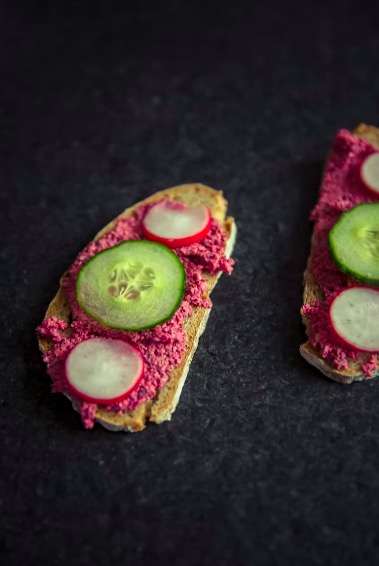

Melt-In-Your-Mouth Potatoes
These gooey treats take baked potatoes to a whole new level. If you want to get really wild, add a cheese of your choice.
Ingredients
- 2 pounds Yukon Gold potatoes, peeled and cut in half
- 2 tablespoons butter, melted
- 2 tablespoons extra-virgin olive oil
- 2 teaspoons chopped fresh thyme
- 1 teaspoon chopped fresh rosemary
- ¾ teaspoon salt
- ½ teaspoon ground pepper
- 1 cup low-sodium vegetable broth or chicken broth
- 5 cloves garlic, peeled and chopped
Make It!
- Preheat to 500°F.
- Toss potatoes, butter, oil, thyme, rosemary, salt and pepper in a large bowl.
- Arrange potatoes in a single layer in a 9-by-13-inch metal baking pan.
- Roast potatoes for about 30 minutes or until browned, flipping once.
- Remove from oven to add broth and half of the garlic. Return to oven and roast for about 15 minutes, until most of the broth is absorbed and potatoes are tender.
- Top with cheese and garlic, if desired. Allow to cool for a few minutes; serve hot!
Winter Vegetable Salad
Salad in the Winter? Yep! Get creative with crispy greens, winter fruit, and thinly sliced root veggies for that extra crunch (and nutrition). Here is a simple winter salad base and some suggestions for additions!
Make It!
Use a base of lettuce leaves like red oak and Little Gem and add:
- Radicchio, chopped or torn
- Fennel, shaved or very thinly sliced
- Golden or red beets, peeled and very thinly sliced
- White turnips, trimmed and very thinly sliced
- Pomegranate seeds
- Orange slices
- Walnut, chopped, raw or roasted
- Fresh Autumnal herbs like parsley or tarragon
Top with simple oil and vinegar or a raspberry vinaigrette dressing. Yum!
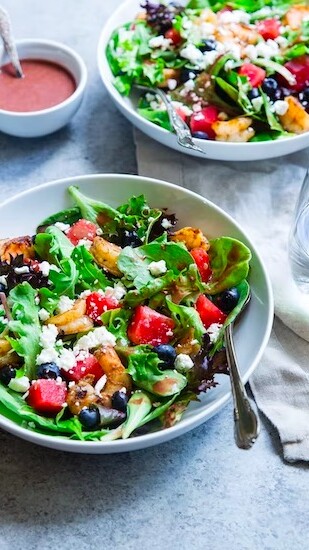
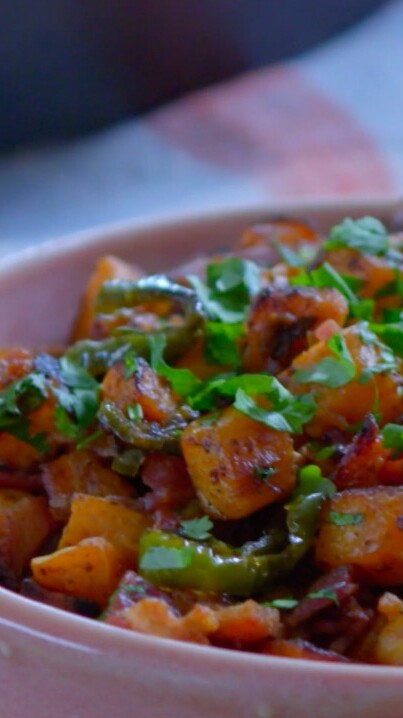
Sweet Potato Hash
Turn your average potato brunch dish into a Fall favorite with sweet potatoes. This Food Network Recipe adds bacon, cinnamon, and cilantro for a savory-and-sweet flavor combination that will warm you up and make your tastebuds dance.
Ingredients
- Extra-virgin olive oil to cook
- 1 1/2 pounds sweet potatoes, peeled and cut into 1/2-inch cubes
- 12 ounces thick-cut bacon, chopped
- 1 jalapeño, optional
- Ground cinnamon to taste
- Kosher salt and freshly ground black pepper
- 1/4 cup chopped fresh cilantro
- Malt vinegar, for topping
Make It!
- Remove jalapeño stem, seeds and ribs, cut into thin rings.
- Preheat the oven to 375°F and lightly grease a sheet pan.
- Lay the cubed sweet potatoes in an even layer on the sheet pan. Roast until just tender, about 10 minutes. Set aside.
- Meanwhile, add the bacon to a cast-iron pan on medium heat. Cook until the bacon is crispy and the fat has rendered about 7 minutes. Remove to a paper towel-lined plate and set aside.
- Add the jalapeño rings to the bacon fat and fry until blistered and lightly browned. Transfer to the paper towel-lined plate with the bacon.
- Turn the heat to medium-high. Add the cubed sweet potatoes in an even layer and season with cinnamon and some salt and pepper. Fry until crispy and golden brown on all sides, about 7 minutes. Add the bacon and jalapeños to the pan and fold to combine. Add a few shakes of malt vinegar. Transfer to a serving dish and garnish with cilantro.
Show us your True Organic Plants
#GrowWithTrue
www.trueorganic.earth
Liquid Plant Food Ingredients For Your Houseplants
November 11, 2022
admin
The Plant Doctor Is In: Liquid Plant Food Ingredients That Support Your Houseplants
Despite growing up on a farm and being a real-life plant and soil scientist (with a Masters in Soil Science and PhD in Horticulture from Washington State University), Margaret McCoy admits that she never had any indoor plants until grad school.
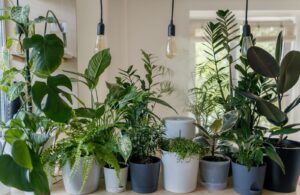
It was the first indoor plant Margaret kept alive, and it inspired her to start reconsidering her ability to care for houseplants. Before that inspirational pothos, she was never able to keep a houseplant from perishing.
“People were always giving me plants but I didn’t want them! I murdered them.”
So what changed for Margaret and her houseplants? Besides settling into a more permanent home (her homestead in South-Central Washington State), she says she learned more about taking care of them and forgiving herself when things didn’t work out.
“I have a rubber tree, I have a fiddle-leaf fig, I have a monstera…and they all need different things and sometimes I don’t know why a certain plant isn’t happy. I just try different things.”
And one of the major things that really makes a difference in your houseplants’ health is plant food ingredients! We sat down with Margaret to chat about how True Organic Liquid Plant Foods are your secret weapon when it comes to caring for your houseplants and potted garden.
What’s In The Bottle?
When you look at the nutrient analysis of any fertilizer, you’re seeing the available nutrients that will “feed” your plants.
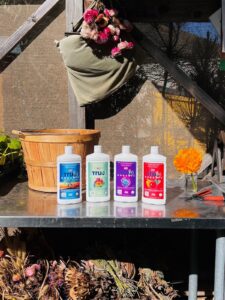
Let’s look at some of the common ingredients in our liquid plant foods and learn about what they deliver to your green friends.
Reduced Molasses Sugar & Sugar Beet Extract
Let’s start simple: with simple sugar, that is.
Yep, reduced molasses sugar and sugar beet extract are just what they sound like!
These plant food ingredients are sugar-water solutions that dose plants with a quick shot of nutrients for energy. This type of ingredient helps reduce transplant shock — a condition that can strike plants when they are moved to a new location or environment, or undergo physical harm.
Molasses is derived from sugarcane and you know it as a sweetener for gingerbread, cookies, and cinnamon buns. Sugar beet extract is, of course, derived from sugar beets. Both give plants a quick, easily “digestible” source of nutrients and stress-suppressing compounds.
They’re a source of easily digestible carbon and minerals for soil microbes, which enhances microbial activity and can improve nutrient uptake.
While they don’t provide a lot of ongoing nutrient support, these ingredients act like a sugary drink or “goo” that a long-distance athlete might use to boost their energy during an endurance race. That’s why this family of ingredients is contained in many of our plant foods!
Kelp extract
The ocean gives us this plant food ingredient. “Kelp makes plants really happy. It’s really good for plants that have a stress response or injury,” says Margaret McCoy.
Here’s how: Kelp contains growth hormones that can help regulate the growth of plants. The cytokine hormone mobilizes nutrients in plant leaves to improve the chlorophyll content and increase the growth rate and fullness of plants. It can also improve resilience in response to a variety of stressors and even support pest and disease resistance.
Potash
Potash, as a plant food ingredient, contributes potassium to plant food. While potash (pronounce “pot ash,” as in “potassium ash”) was originally produced from wood ashes and charcoal, it’s now typically mined from the underground deposits of evaporated sea beds.
The term “potash” usually refers to the overarching group of potassium-rich minerals as a whole; most of the potash delivers potassium in the form of Potassium Chloride (KCl). Like many other nutrients, potassium needs to be in the right form for soil microbes to break it down and plant roots to take it in.
Potassium is a huge helper to the overall quality and yield of crops. It protects plants from extreme temperatures, helps plants to fight stress, strengthens roots and stems, and helps enzymes support plants’ efficient use of water.
Soy Protein Hydrolysates
“Protein hydrolysates are essential amino acids that serve as a simple superfood,” says Margaret McCoy. They’re building blocks for plants, stimulating root growth and function, supporting cell structure, and promoting vegetative growth.
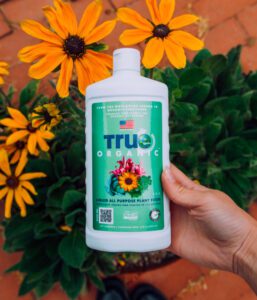
Our exclusive soy protein hydrolysate blend is derived from organic soy beans and supplies a wide range of amino acids for both plants and soil microbes. (Plants can use the amino acids directly or use components like nitrogen and carbon for other critical parts of plant development.)
Soy protein hydrolysates are a super-star plant food ingredient that enhances nutrient availability and reduces the overall impacts of environmental stress (over-watering, heat, etc). That’s why this ingredient is in all of our Liquid Plant Foods!
Humic Acid
Humic Acid is a signature plant food ingredient in our Organic Liquid Preplant Starter. It stimulates root development — specifically fine roots used to scavenge nutrients and help improve water and nutrient uptake. And with improved root systems, plants can protect better against environmental stressors!
Grow Your Home Jungle!
Now that you’re briefed on how different plant food ingredients support plants, you may be eager to get going with fertilization. But be mindful: plants don’t need supplements during non-growth seasons (like in Fall and Winter), and it’s important to get to know your plants and what they need.
Research the varieties of houseplants you’re raising to learn more about what kind of plant foods they need. Get familiar with your plants’ appearances so you know when something is up, and they need a boost, a repotting, less water, or a new spot in the house.
And you can rest assured that every single True Organic product is certified food safe with the absolute highest standards. Learn more about our commitment to food safety and how we ensure the safest, highest-quality organic fertilizers on the market.
Show us your True Organic Plants
#GrowWithTrue
www.trueorganic.earth
3 Unique Apple Recipes You’ve Never Tried
November 11, 2022
admin
3 Unique Apple Recipes You’ve Never Tried
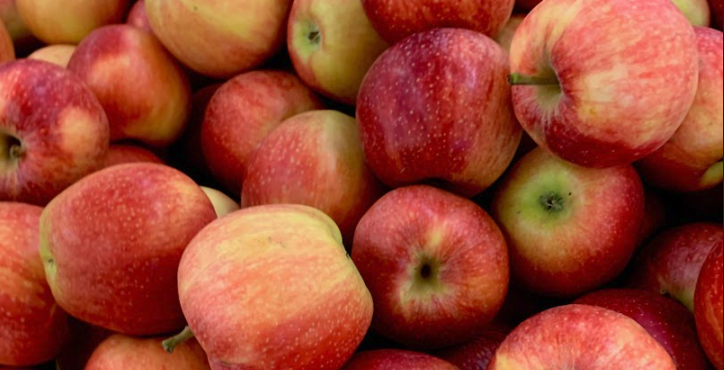
Besides being epically tasty and delightfully versatile, apples are packed with nutrients your body needs, like fiber, vitamin C (one apple contains around 10% of your recommended daily intake), and vitamins E, B1, and B6.
Apples also contain polyphenols: antioxidants that can protect against chronic conditions like heart disease and cancer.
Leave the skin on apples when you can — it’s the part of the fruit most dense with fiber and polyphenols! With so many varieties of apples grown in the U.S. (about 2,500, in fact!) you’re about to embark on a flavor journey to delight your taste buds.
 Apples On Horseback
Apples On Horseback
By Grace Paris for Food & Wine
Here’s a super-simple yet elegant appetizer for gameday, holidays, and cocktail parties.
Prep time: 10 minutes
Serves 8
Ingredients
- 16 thin slices of pancetta
- 1 Pink Lady apple—peeled and cut into 16 wedges
- 3 ounces Manchego cheese, sliced 1/4 inch thick and cut into 2-by-1/2-inch sticks
- Rosemary sprigs or toothpicks for skewers
Make it!
- Preheat a grill pan.
- Lay out pancetta slices. Place an apple wedge and a cheese stick in the center of each slice.
- Wrap the pancetta around the filling and secure with a rosemary sprig or toothpick.
- Grill the skewers until the pancetta is golden and crispy and the cheese is melted, 5 to 6 minutes.
- Serve hot
Butternut-Apple Soup
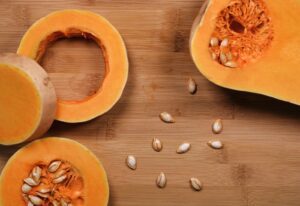
The ingredients are plentiful, inexpensive, and easy to find in the organic section! Plus, you can freeze and reheat this one for quick cold-season meals anytime.
Prep time: 20 minutes
Cooking time: 40 minutes
Serves 8
Ingredients
- 2 tablespoons olive oil
- 2 medium yellow onions chopped (about 3 cups total)
- 2 large butternut squash about 5 pounds total, peeled and diced into chunks
- 4 medium apples, peeled, cored, and chopped (use a mix of sweet apples, like McIntosh, and tart, like Granny Smith)
- 3-4 cups low sodium chicken stock
- 1 1/4 teaspoon kosher salt
- 1/2 teaspoon freshly grated nutmeg
- 1/4 teaspoon black pepper
- 1/4 teaspoon cayenne pepper
Make it!
- Preheat oven to 375 degrees.
- In a large, deep stockpot or Dutch oven, heat the olive oil over low. Add the onions and cook until very tender, about 15 to 20 minutes, stirring occasionally.
- While the onions cook, cut and peel the squash and apples.
- Add them to the pot, then add 2 cups of the stock. Bring the pot to a boil, reduce the heat to low, then cover, and cook until the squash and apples are very soft, about 20 to 30 minutes depending upon how larger you cut your squash and apple pieces (smaller pieces will cook more quickly).
- Once the apples and squash in the soup pot are tender, puree the soup with an immersion blender or carefully transfer it to a food processor fitted with a steel blade to puree in batches.
- Return soup to the pot.
- Add 1 cup of the remaining chicken stock, then stir, adding a bit more stock as needed to reach your desired consistency — thick and rick is best
- Stir in salt, nutmeg, black pepper, and cayenne. Add more salt and pepper as desired.
 Apple & Cheddar Quesadillas
Apple & Cheddar Quesadillas
We saved the best for last! This amazingly unexpected ingredient combination is a crowd-pleaser for potlucks and parties. The best part about this recipe is how creative you can get with addition! Bacon, chicken, or some leafy greens — bonus points if those greens are organically grown in your own garden!
Try a sweet, crisp apple variety like Fuji or Honeycrisp for this one.
Ingredients
- 2 medium apples, thinly sliced
- 4 flour tortillas
- Sliced cheddar cheese
- Whatever else you want to add!
Make it!
Assemble sliced apples and cheese (and any additions) on a tortilla. Place on a lightly oiled pan or cast iron skillet. Top with another tortilla and grill until cheese is melted and tortillas.
Show us your True Organic Plants
#GrowWithTrue
www.trueorganic.earth
True Organic Cool Weather Gardening Checklist
October 25, 2022
admin
Cool Weather Gardening Checklist
It might feel like Summer is hardly over, but it’s time to get busy with Fall garden tasks! Tomatoes are waning, and so is daylight — but there’s still plenty to do in the garden during the cooler months. It’s time to clear out those annuals, replenish your garden’s soil, and make things tidy. Working on your garden in early Fall will set you up for great success in Spring!
Know your Plant Hardiness Zone
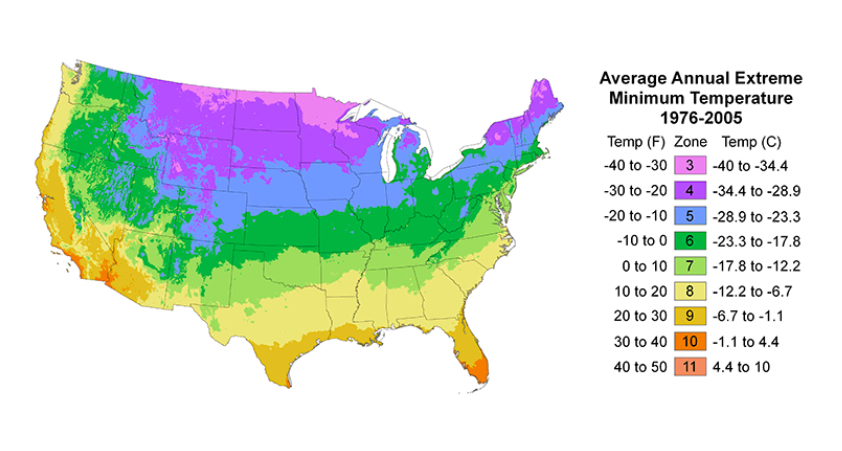
Check out the USDA Plant Hardiness Zone Map to find your Zone.
Get in gear before the first freeze
You’ll want to get going before the first freeze in your area so the ground is soft enough to work with. As soon as the air starts to chill and several weeks before the first frost approaches, it’s time to retire that Summer garden and prepare for Winter.
Here are some go-to things you can do this season to get a head start on the most abundant Spring garden.
Time to pull up the annuals
Remove spent plants from your garden, making sure to remove the roots, too. You can throw them in the commercial compost bin or toss healthy (pest- and disease-free) plants in your backyard compost.
Got summer bulbs? While most bulbs are perennial, warm-weather bulbs won’t make it through a cold winter. (This depends on your gardening zone.) Remove those tender bulbs from the soil and set them in storage for next year.
 Tidy up, weed, and turn soil
Tidy up, weed, and turn soil
Rake your garden to clean up leaves and sticks. Put them in the compost bin or dispose. (But save good roasting sticks for bonfire s’mores!)
Fall is a great time to get very thorough with weeding. It’s tedious but will prepare you with pristine soil in the Spring.
It’s essential to turn soil in Fall if you want to have a healthy growing medium in Spring! Use a shovel to turn that well-worn soil, aerating and breaking up clumps.
Add twice-yearly soil supplements
And while you’re turning that soil, go ahead and add your choice of powerful single-ingredient organic fertilizers!
Biannual plant foods and soil supplements help replenish soil after those big growing seasons when soil can be left lacking in nutrients. Fall is the ideal time to feed soil with an organic fertilizer because nutrients will feed the soil all Winter.
What organic fertilizer should you choose this fall?
- Our granular All-purpose Plant Food is a great choice for already well-rounded soil and gardeners who haven’t tested their soil, or aren’t sure about what particular nutrients are needed in their soil.
- Seabird Guano gives soil slow-release nitrogen and phosphorus. It’s a great all-around plant/soil food for gardeners growing everything from fruits and veggies to flowers and herbs.
- Bone Meal is amazing for soils that have low phosphorus levels (and it supplies some nitrogen, calcium, zinc, and magnesium). Bone Meal is especially helpful if you’re growing lots of flowers or fruiting plants. Get a closer look at Bone Meal here.
- Nitrogen-heavy Blood Meal is your choice if you want to grow heavy feeders next Spring — like corn, spinach, broccoli, and leafy greens. Learn more about Blood Meal and its benefits.
- Prilled Sulfur can help lower soil pH to make nutrients more available to plants next Spring.
- Have a lawn? It’s the perfect time to fertilize the lawn, as well.
Plant cover crop
Nourish your garden’s soil with a cover crop! Cover crops will add organic matter and nutrients to soil and prevent erosion. Try a cover crop like rye or clover — it’s best to use annuals, not perennials, so you don’t get unwanted “volunteers” popping up in your Spring garden.
Enjoy the season of abundance!
Last-of-the-summer harvests and new fall crops can be some of the most delightful harvests: big squashes, full-bloom flowers, apples of all varieties, and perhaps even some final plump tomatoes (depending on your region).
Savor the Fall sun rays as you pick your last veggies, fruits, and flowers. There will be plenty more where that came from next year!
Show us your True Organic Plants
#GrowWithTrue
www.trueorganic.earth
4 Things You Didn't Know: Bone Meal in Your Garden
October 11, 2022
admin
Single-ingredient plant foods can make a huge impact in your garden. Why? Because they contain high concentrations of specific nutrients that plants need. Let’s take a look at one of our most powerful single-ingredient plant foods: True Organic Bone Meal.
 What Is Bone Meal?
What Is Bone Meal?
Bone Meal is a nutrient-rich soil amendment made from ground animal bones, processed into a fine powder that can be easily applied to soil like any other granular plant food. It has a complex, potent makeup of nutrients that go a long way for soil and crops.
So what’s it good for? Bone Meal, which only needs to be applied to soil once in Spring and once in Fall, is celebrated for helping flowering and fruiting plants.
1: Bone Meal is a powerhouse provider of phosphorus and nitrogen.
Single-ingredient plant foods like True Organic Bone Meal are powerful supplements for plants and soil that can resolve problems in your garden caused by specific soil nutrient deficiencies.
Bone Meal doesn’t have a balanced nutrient profile — meaning that it’s not evenly distributing the “big three” nutrients (nitrogen, phosphorus, and potassium) to soil like many of our multi-ingredient granular blends.
What is does deliver is a big boost of phosphorus and nitrogen! That means Bone Meal (like our organic Blood Meal and Seabird Guano) is best used in situations where you know exactly what the soil needs — in other words, what it’s lacking.
Bone Meal delivers a strong supply of these two big nutrients:
Nitrogen, which is essential to many factors of a healthy plant — and all of life on the planet! For one, nitrogen is a major component of chlorophyll, the compound that allows plants to photosynthesize.
Phosphorus is an all-around plant supporter! It’s essential to support photosynthesis, rooting, flowering, seed production, and other vital functions. When soil is deficient in phosphorus, plants will have trouble flowering, fruiting, and seeding.
This makes Bone Meal an excellent choice for gardens with low-nitrogen soil, for flower gardens, and for gardeners hoping to produce lots of vegetables like zucchini and tomatoes, and root crops like beets, carrots, and potatoes.
(Macronutrients are the elements that plants need in large quantities to build cells, grow, fruit, root, and survive. Micronutrients are needed in smaller quantities.)
Pro tip: It’s a great idea to do a soil test to assess if you need Bone Meal for your garden. Learn about soil testing in our interview with Margaret McCoy, PhD, our resident soil doctor.
2: It gives plants a needed boost of other macronutrients.
While you might immediately look at the N-P-K ratios of fertilizers as “headliner” macronutrients, plants also require smaller doses of other minerals to thrive. And Bone Meal contains a bunch of ‘em!
Calcium! As you can imagine, calcium is one of those nutrients supplied by Bone Meal. Calcium is a secondary macronutrient that helps plants build strong cell walls and grow robust roots. Therefore, Bone Meal is great for your root veggies — beets, carrots, potatoes, etc.
Calcium also helps prevent blossom end rot — which makes Bone Meal an excellent food for tomatoes.
Zinc and magnesium, two small-but-mighty nutrients, support overall plant health and are essential for photosynthesis. Zinc helps with chlorophyll production and magnesium supports photosynthesis.
Altogether, the nutrients in Bone Meal support fruit and flower production, strong roots, and all-season vitality.
 3: Bone Meal only needs to be applied twice a year for sustained support.
3: Bone Meal only needs to be applied twice a year for sustained support.
The major nutrients in True Organic Bone Meal are released gradually over time, so this supplement feeds your garden (soil and plants) long-term.
We recommend applying Bone Meal to your soil once in Spring (before planting) and once in Fall (at the end of your season). This powerful plant food will feed your plants all season long!
Remember, this isn’t a supplement intended for “quick fixes.” When you use True Organic Bone Meal, you’re forming a long-term relationship with your soil. The nutrients in Bone Meal can take a few months to break down and be available for your crops.
Ehsan Toosi, PhD, our Director of Research & Development, calls Bone Meal a “sustained release” supplement. “It supports plants for the growing season and the next season.”
While this plant food is definitely not fast-release, the supply of certain nutrients (particularly calcium and phosphorus) depends on how finely ground the “meal” is and what type of bone is used, says Toosi. So keep in mind that using various brands of Bone Meal may yield different results!
4: True Organic Bone Meal is sustainable and certified food safe.
Just like every other True Organic plant food, our Bone Meal is certified food safe by Bureau Veritas, the highest standard in testing, inspection, and certification services. Read more about our food safety practices and what that means for you.
Of course, we know you’d never intentionally consume plant food! But think of it this way: what you apply to your edible garden will eventually end up on your dinner plate.
Along with being food safe, True Organic Bone Meal diverts animal waste from slaughterhouses, turning it into an organic, chemical-free addition to healthy soil which means a healthier ecosystem.
By utilizing a natural by-product that might otherwise become waste and feeding your crops with organic plant food, you’re working double-duty to develop a more sustainable lifestyle. Way to go!
Show us your True Organic Plants
#GrowWithTrue
www.trueorganic.earth
True Organic Fun Gardening Activities for Kids
September 23, 2022
admin
Fun Gardening Activities for Kids
Want to help kids grow their emotional and cognitive skills, apply academic principles, get outside, and learn to love fruits and veggies? Get them into the garden!
Getting kids gardening during early childhood and beyond is incredibly beneficial — read about why in our interview with school garden expert, Christina Abuelo. It’s not just math and science skills that kids can learn as they experience gardening, but also social-emotional skills, problem-solving, nature-based nervous system regulation, cooperation, patience, and more.
Here are some ideas to kick off the fun and learning.
Play Garden Bingo
Every parent, teacher, and babysitter knows that kids love to find stuff! And there’s plenty to find in the garden. Bees, worms, birds, leaves shaped like hearts, leaves shaped like arrows, all the colors of the rainbow…these are just a handful of items you can put on a garden bingo card.
Download and print this blank bingo card, then fill in your own ideas. A game of bingo encourages kids’ curiosity and gets them exploring independently, and can help them learn about identifying different plants and wildlife.
 Keep A Garden Journal
Keep A Garden Journal
Keeping a garden journal is a great way for kids to feel more connected with the natural world. (And garden journals are great for grown-up gardeners, too! Check out our blog on creating your own garden journal.)
Ask kids to write about what they see in the garden: What kind of bugs and birds are in the garden today? Did the plants grow, get new leaves, or produce more fruit?
Give kids a framework or template for their journals and let them explore!
Here are some ideas for more fun activities for a kids’ garden journal:
- Drying flowers and/or seeds, taping or pasting into journals, and labeling
- Tracking plants’ growth and yield
- Measuring rainfall and watering schedules
- Drawing and coloring plant pictures
- Writing about how they took care of the garden
- Writing about how the garden makes them feel or what they learned.
Math is more fun in the garden!
…And it “sticks” better, too!
Everyone learns and retains information in different ways, but for most people, doing something hands-on to learn an intellectual concept really helps it sink in. For kids who are visual or experiential learners, a garden provides opportunities to practice math skills in a way that might be retained more effectively.
Measuring, mixing, counting, and calculating are all easy to do in the garden.
For kids who are just learning numbers, counting how many tomatoes one plant has produced or how many ladybugs are crawling on a flower is a perfect activity.
A little older, and they’ll love measuring and recording the heights or weight of plants and fruits (which they can record in their garden journals).
For older kids who are learning 4th or 5th-grade math skills, help them measure and calculate square footage of garden beds or containers.
When it’s time to learn averages and medians, kids can calculate the average yield of fruiting crops or the median height of tomatoes…you’ll find that math problems in the garden are endless!
For kids who are ready to handle plant foods, a parent or teacher can supervise as they measure, mix, and apply soil supplements (just make sure it’s a certified Food Safe, organic plant food like True Organic).
Vegetable and Fruit Tasting
Nurture healthy palates and encourage budding chefs by helping kids harvest, prepare, and taste garden crops.
Christina Abuelo of Barrio Botany has seen first-hand how empowering kids to grow and eat their own food helps them develop taste buds that crave fresh veggies.
She suggests a “taste test” activity where kids get to try different flavor combinations, then vote on their favorites and explain what they liked or didn’t like. Kids love to express themselves, and it’s important for their development!
Not only that, Christina Abuelo says, “There’s something about being the one in charge. Harvesting something and cooking vegetables themselves makes the kids more excited about trying new flavors.”
Give kids a few different vegetables with dips and let them express their favorites. (Christina Abuelo suggests carrots, lettuce, and cucumbers dipped in hummus.)
This works great in school classrooms or summer camps or in any group of kids who are learning to express their preferences, nourish themselves independently, listen to others’ opinions, and try new things.
Older students can have fun developing their own recipes, too!
 Gardening With Wee Ones
Gardening With Wee Ones
What about really little kids? Yes, toddlers can learn and play and help out in the garden! Little kiddos are at peak curiosity age. Help them with some simple activities like:
- Watering
- Planting seeds
- Sorting and cleaning planters and containers
- Identifying bugs and plants.
Remember to Have Fun!
Don’t get caught up in making it fancy or perfect. Start small! Just the joy of being outside, playing in the “dirt” will spark curiosity and creativity.
Remember: gardening isn’t about perfection. It’s about learning, connecting with nature, having fun, making mistakes, and encouraging kids to explore the world around them.
Show us your True Organic Plants
#GrowWithTrue
www.trueorganic.earth
How Gardening Benefits Kids: Barrio Botany
August 30, 2022
admin
What makes gardening with kids so special? Ask Christina Abuelo, and the answer is clear. “There’s something magical for kids about being in the garden,” she says.
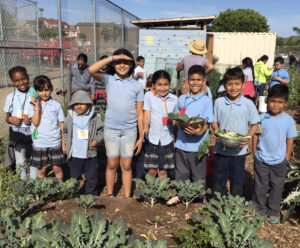
Volunteer Christina Abuelo is the founder and full-time manager of Barrio Botany, an initiative that builds gardens and garden-based education programs at high-poverty urban schools in San Diego.
“Usually, when a kid is disruptive in class, they’re taken to the principal for discipline. Now we see principals bringing kids out to their school garden to get regulated.”
True Organic is honored to be a donation sponsor of Barrio Botany! We’re so inspired by Christina’s work and wanted to share the story of this life-changing enterprise. So we sat down with Christina to get her take on gardening with kids — why it’s so impactful, how she made it happen, and what she’s seen over the years.
 Building The Garden
Building The Garden
When she moved to San Diego, Christina was searching for a bilingual program for her oldest child to attend. She discovered that she had missed the deadline for enrollment at most schools.
“The only bilingual school I could get my son into was in a very high-poverty neighborhood. But I met with the principal and he sold me on the educational program, so I signed up my kids to go to this school.”
When her son was in first grade, she asked if she could put a garden in the school’s yard.
“I didn’t have a very developed idea of what that would be like,” she laughs, recalling how complex building a garden at an urban school was — without funding or outside support.
Christina started with two garden beds in a litter-strewn part of campus. “The full build-out took 10 years,” she recalls. “My husband would come in on the weekends and assemble raised beds and we had tons of sweat equity from parents and students.” They added about two beds per year. Twelve years later, the School Garden is made up of 14 raised beds, three composting stations, a tool shed, a produce sink, and pollinator habitats.
One year, the urban agriculture class for a nearby high school lost their community garden space, so six more raised beds were delivered by crane, joining the motley collection of existing planting areas.
Over the last three years, Christina has worked to upgrade and install gardens at seven more schools, with assistance from nonprofit partners and community volunteers. Educators from three garden education organizations now provide garden-based education classes and after-school programs.
Although the challenges have been immense, Christina radiates joy when speaking about Barrio Botany.
Her advice for people inspired to build school gardens? Be ready for anything. And be patient. It’s worth it.
“This is my superpower! I can get kids to eat vegetables!”

“As a mom, watching kids eat a plate of cooked kale, I thought, ‘This is my superpower! I can get kids to eat vegetables!’”
She thinks the empowerment aspect helps bring down the barriers between kids and fresh veggies and fruit.
“There’s something about being the one in charge,” she says. “Harvesting something and cooking vegetables themselves makes the kids more excited about trying new flavors.”
She recalls how excited the kids get about eating vegetables when their voices and preferences are respected — like during a “taste test” activity in which the students got to dip their garden-grown veggies (cucumber, carrots, and lettuce) in hummus and rate their favorite tastes.
“It’s about voice and choice. Being able to express what they like is really important.”
Gardens help kids become environmental stewards while learning academic skills.
“Kids really respond to the garden on multiple levels: connecting with nature is a big one.”
Christina sees the kids learning to protect nature because they are developing an appreciation for plants, insects, and wild animals.
“Connecting with nature — finding a roly-poly, seeing the Monarch butterflies at the butterfly bush — seeing all these creatures helps them understand nature and ecosystems. When they grow up, hopefully they’ll be good environmental stewards.”
At the elementary school, the students learn horticultural skills like soil testing, plant identification, weeding, mulching, composting, vermiculture, and cultivation, plus art and cooking/tasting activities.
Students of the garden also learn math skills like calculating volume and square footage — which any gardener knows is involved in all the tasks of building, nourishing, and maintaining a garden!
“There are so many ways gardening-based education can support academic learning,” says Christina. She emphasizes that kids learn better when things are hands-on and experiential.
It’s proven: Studies show that students involved with school gardens generally take pleasure in learning and show positive attitudes towards education (Canaris, 1995; Dirks & Orvis, 2005).
“If you’re only learning about a concept like square footage on a piece of paper, it’s so much harder to conceptualize,” she says. “That physical act — using the measuring tape, recording data on a clipboard, and calculating the square footage — really helps the lessons click and stick.”
She simply asked her children’s principal, “Who’s studying square footage right now?” Turned out: Fourth Graders! So she asked the fourth-grade teacher if they’d like to be learning with the garden, and the class got to measuring and calculating.
“Garden education is so much easier for teaching a lot of academic concepts because the garden brings these concepts to life,” Christina says.
Gardening builds joy and resilience – in kids and grown-ups.
Beyond academic learning, the students gain more important life skills in the garden, like social-emotional learning.
A 2005 study of third, fourth and fifth graders showed that students who participated in a garden program showed increased self-understanding, interpersonal skills, and cooperative skills when compared to their non-gardening peers (Robinson & Zajicek, 2005).
It’s not bad for the emotional health of the teachers and other grown-ups, either. “I’m working 50 or 60 hours a week, but it’s hitting all the dopamine receptors in my brain. I love it.”
And remember: Christina Abuelo is a full-time volunteer!
She can’t emphasize enough how beneficial the garden is for the mental and emotional health of the kids. While she’s been working with school kids in gardens for over a decade, the impact of having a school garden was especially evident as students returned to school after COVID-19 closures.
“These kids were particularly affected by COVID; all the stressors were much more potent for them.”
Students at the schools Christina works with are affected by numerous challenges like food insecurity, poverty, homelessness, unsafe or crowded living environments, limited (or no) access to the outdoors, and other challenges — and so both kids and teachers needed more support, even before the pandemic.
And numerous studies show that these and other adverse childhood experiences negatively impact adult health and increase rates of early mortality — unless kids are given resilience building-opportunities.
“We started seeing that the kids and principals understood that the garden was a sanctuary.”
She describes students on the autism spectrum who run to the garden when they are having a hard time. They know the garden is a place of solace where they can manage their emotions.
“One kid was particularly dysregulated,” she recalls. “I found him in the garden and said, ‘We’re not having garden class right now,’ and asked him to go back to his classroom.
“He screamed, “NO!” so I asked, “Why not?
“He said, ‘Because I’m angry!’ So I gave him a watering can, and we just started watering.”
Christina sees how the most challenging societal problems impact our youngest community members — and she knows that society-wide, we just can’t solve all these problems all at once. But communities can help get kids in gardens, connect with nature and nourishing foods, and become more resilient.
“What we’re doing here is building resilience,” Christina Abuelo says.
To find out more about Barrio Botany, get involved, and get inspiration for starting your own garden for kids (whether in school or at home), visit the Barrio Botany website or check out Barrio Botany on Instagram.
–
Sources:
Canaris, I. 1995. Growing foods for growing minds: Integrating gardening and nutrition education into the total curriculum.
Children’s Environments 12(2): 134-142.
Dirks, A. E., & Orvis, K. 2005. An evaluation of the junior master gardener program in third grade classrooms.
HortTechnology 15(3): 443-447.
Robinson, C. W., & Zajicek, J. M. 2005. Growing minds: The effect of a one-year school garden program on six constructs of life skills of elementary school children.
HortTechnology 15(3): 453-457.
Merrick MT, Ford DC, Ports KA, et al. 2019. Vital Signs: Estimated Proportion of Adult Health Problems Attributable to Adverse Childhood Experiences and Implications for Prevention — 25 States, 2015–2017.
MMWR Morb Mortal Wkly Rep 2019; 68:999-1005. https://www.cdc.gov/mmwr/volumes/68/wr/mm6844e1.htm?s_cid=mm6844e1_w
Show us your True Organic Plants
#GrowWithTrue
www.trueorganic.earth
3 Easy Recipes for Your Summer Tomato Harvest
August 25, 2022
admin
3 Easy Recipes for Your Summer Tomato Harvest
In so many parts of the country, ripe tomatoes are hanging on vines waiting to be made into salads, sauces, and snacks. Tomatoes are nutrient-packed treats that boost our body’s health just as much as they delight our taste buds. They’re one of the only ways we get a dietary source of lycopene, an antioxidant that is associated with reduced risk of heart disease and cancer, healthy skin, and anti-inflammation.
Tomatoes provide us with so many important dietary needs:
- Fiber
- Vitamin C
- Potassium
- Folate
- Vitamin K
- Beta carotene
These colorful delights are so versatile, but sometimes we forget that there are more ways to eat them than just in salads and on burgers (although those are brilliant ways to enjoy a tomato!).Do you have an abundant tomato harvest in your backyard garden? Let’s get slicing!
Check out True Organic Tomato & Vegetable Food. It’s one of our most popular plant foods!
 Stuffed Caprese Tomatoes
Stuffed Caprese Tomatoes
Elevate your tomato salad with this creatively designed “compact-salad.” Sometimes called Hasselback Caprese Salad, this stylish dish is perfect for parties and barbeques — and impressing your friends.
What you need:
- Dense, medium-sized tomatoes
- Fresh mozzarella cheese
- Fresh basil leaves
- Olive oil & Balsamic reduction
- Salt and pepper to taste
How to make it:
- Pick the largest, densest tomatoes you can find.
- Slice vertically about two-thirds of the way through, so that the tomato still holds together.
- Slice fresh mozzarella into thin slices and insert into tomatoes.
- Add fresh basil…preferably from the garden!
- Dress with a drizzle of balsamic reduction, a sprinkle of salt, and fresh-ground pepper.
- Dig in! This one can be messy 😉
 Baked Stuffed Tomatoes
Baked Stuffed Tomatoes
Stuffed veggies are an ideal summer dinner dish for all occasions: dinner parties, busy families, or date night. Tomatoes can be trickier to stuff than peppers, because of their soft texture, but the ooey-gooey deliciousness is worth it! Just be sure to give your dinner guests plenty of napkins.
The best part? No measuring needed! Just gather these ingredients, plus any additional goodies you’d like to add, and build your own tomato creation.
What you need:
– Big tomatoes!
– Bread crumbs
– Fresh oregon & basil (dried works, too!)
– Cheese that melts nicely (provolone, mozzarella, or parmesan is perfect)
– Any other stuffing that sounds good to your taste buds!
How to make it:
– Slice tomatoes in half horizontally.
– Scoop out tomato seeds and pulp.
– Stuff tomatoes with breadcrumbs, cheese, and herbs, etc.
– Place on a non-greased baking sheet a few inches apart.
– Bake at 350° for 10-15 minutes; tomatoes should be soft and shriveled but still holding their shape.
– Remove from the oven, allow to cool, and enjoy!
Homemade Ketchup
Who doesn’t love ketchup? Store-bought ketchup is certainly yummy, but making your own ketchup will forever change your standards for everybody’s favorite condiment — and may inspire you to become your own home sous chef.
Store-bought ketchup typically contains lots of sugar, preservatives, and other additions, distracting from that “true” tomato taste. Make your own ketchup from scratch and you’ll never go back to store-bought.
What you need:
- 4-5 medium tomatoes
- 1 tbsp. sugar
- 2 tbsp. white balsamic vinegar
- 1 tsp. salt
- 1 tsp. smoked paprika…or other spices like oregano, rosemary, etc.: get creative!
How to make it:
– Place tomatoes and ½ cup of water into a pot.
– Cook over medium high heat.
– As tomatoes start to soften, add remaining ingredients.
– Simmer for 10 minutes, or until tomatoes are mushy and skin is falling off.
– Remove from heat and place in blender
– Puree until smooth.
– Place blender in refrigerator for a few minutes. Be careful, the blender is hot!
– Pour puree through a fine strainer to remove seeds and skin.
– Return to medium heat for 5-7 minutes, simmer to desired consistency.
– Pour into a heat-safe container.
– Cool before serving!
Show us your True Organic Plants
#GrowWithTrue
www.trueorganic.earth
True Organic Hot Weather Gardening Tips
July 28, 2022
admin
Hot Weather Gardening Tips
Summer is blazing again, and heat waves are sweeping through every corner of the country. Is your garden ready to weather the summer heat?
Wise Watering

Especially in the Western U.S., summer (and sometimes even years-long) drought conditions are now a seasonal part of life. With local water-use guidelines, too, it’s a good idea to learn the best ways to keep your garden hydrated as efficiently as possible.
- Water your plants early in the morning or the evening, when the temperature isn’t too high.
- Water at the roots! Water right at the base of a plant, close to the soil, so that the soil soaks up and retains as much water as possible.
- Avoid watering on foliage. If water droplets sit on plants’ leaves as the hot sun beats down, the sun’s rays can get magnified and burn foliage.
- If you have a small garden or plants in various locations, water by hand. This will reduce water waste and get the water closer to roots.
- If you use sprinklers, try a system that waters close to the ground (rather than spraying high in the air) to minimize water waste and in-air evaporation.
- Or replace your sprinklers with a drip irrigation system! This works especially well in raised bed gardens.
What about tomatoes? Tomato growers are eager to understand just how much water is needed (vs. too much) for tomatoes in the summer. While the answer is subjective, most tomatoes need 1-2 inches of water every week, whether from rainfall or hand-watering. On very hot days, it’s not a bad idea to water tomatoes in the morning and the evening.
Read much more about watering tomatoes from our R&D Agronomist, Margaret McCoy, PhD!
Keep Plants Cool
Covering soil or providing plants with some shade is a great way to protect plants during hot, sunny days. Not only does shade help prevent soil and roots from drying out too severely, it also protects foliage from burns.
You can use mulch, shade cloth, shade from trees, or even your patio shade to protect plants.
- Mulching around your plants helps keep soil cool and prevents overly quick evaporation. For the most cost-effective mulch, use straw or compost to cover soil just a few inches around your plant’s stems.
- Use a shade cloth over delicate plants like lettuces and other leafy veggies, fruit trees, berries, and perennials. Leave some room for air circulation so your plants aren’t smothered! You can find shade cloth at any hardware or garden stores in various shade percentages.
- Move container plants and hanging baskets to shadier spots during heat waves.
- Watch out, particularly for your hanging containers — their soil dries out faster than any other container. Move hanging plants to a shaded patio on the hottest days, if possible.
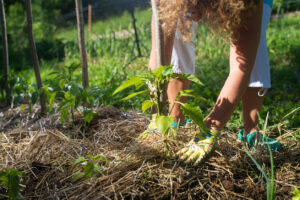
Go Easy on Your Plants
When temperatures exceed 80-85ºF, your plants are working hard just to keep themselves alive.
Avoid any activity that might stress them even more. You’ll want to wait until the heat has passed before you:
- Prune
- Transplant
- Fertilize
Yep, feeding your plants when they’re stressed from heat is a no-go! It seems like a helpful move to give your plants a nutrient boost when they are stressed, but they can’t handle the supplemental nutrients when they are under duress.
And of course, don’t plant anything new until the weather is more temperate. Seedlings won’t stand the heat.
Choose Your Plants Wisely
Drought-resistant and native are easier for you to care for and can help save water. For example, if you live in a low-rainfall area, avoid trying to grow plants that need a ton of moisture. Populating your garden with as many native, low-water plants as you can also helps support naturally healthy ecosystems and soil.
Choose some drought-resistant perennials for your garden like:
- Yarrow
- Sunflower
- Lavender
- Goldenrod
- Thyme
- Yucca
Look into what types of native, low-water plants are right for your Climate Zone by seeking out advice from your local Land-Grant educational institution or horticulture extension of a local university. You can also visit your friendly local nursery for on-the-spot advice. (And while you’re there, why not grab a bag or bottle of organic plant food?)
Build Healthy Soil
How can we plan for future heat waves, knowing they will continue to be summer (and maybe even early fall) occurrences? In the long run, it’s essential to rebuild healthy soil, restore native biodiversity, and nourish full local ecosystems.
When it comes down to it, the healthier your garden’s soil, the healthier your plants will be. That means they’ll be more resilient against extreme weather and more likely to withstand heat waves.
- Feed your garden with organic plant food to boost natural microbial health and organic matter.
- Weed frequently — weeds use nutrients and water that your garden plants need!
- Plant native varietals.
- Garden for biodiversity.
Show us your True Organic Plants
#GrowWithTrue
www.trueorganic.earth

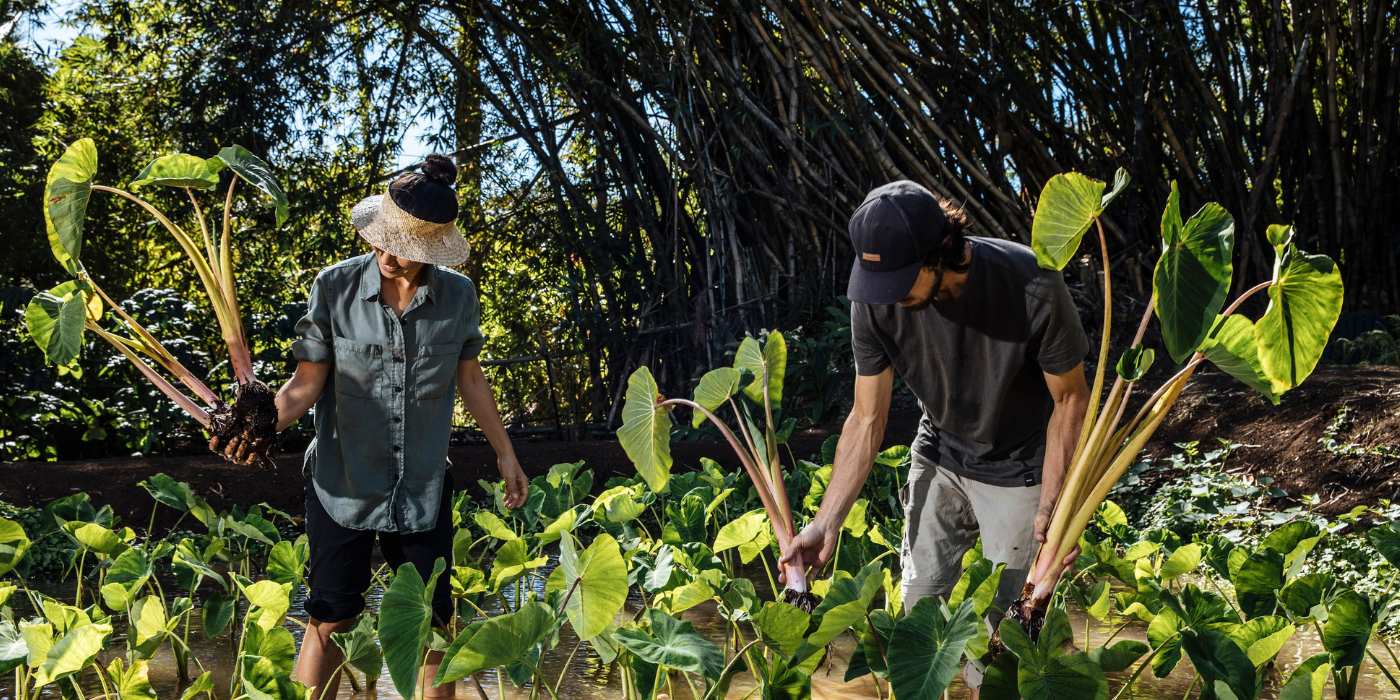

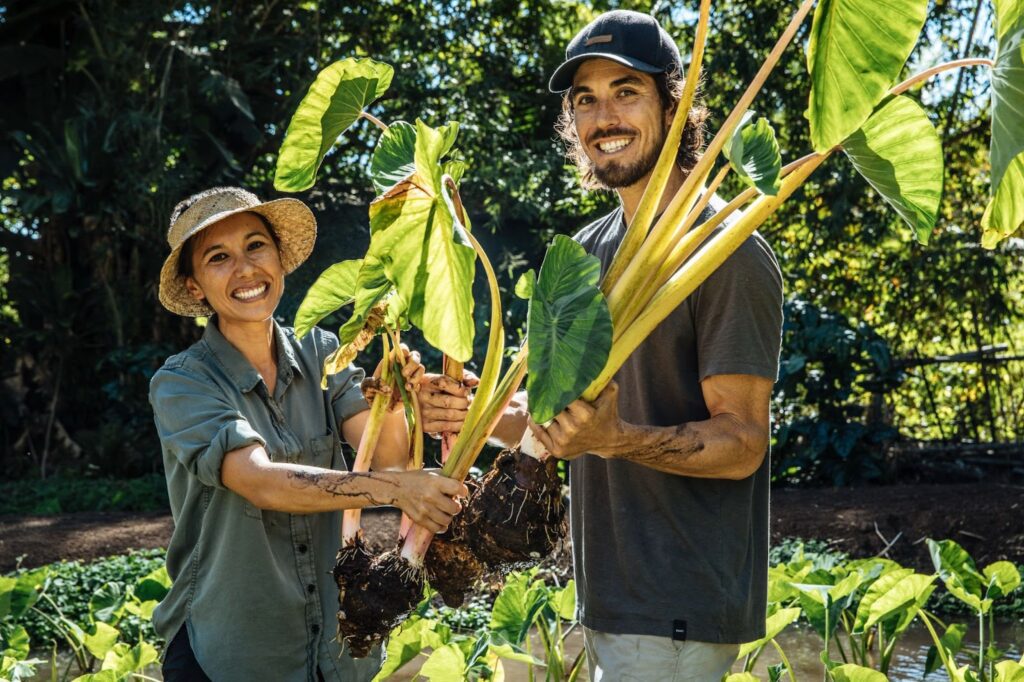
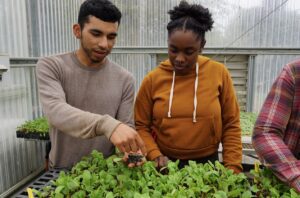
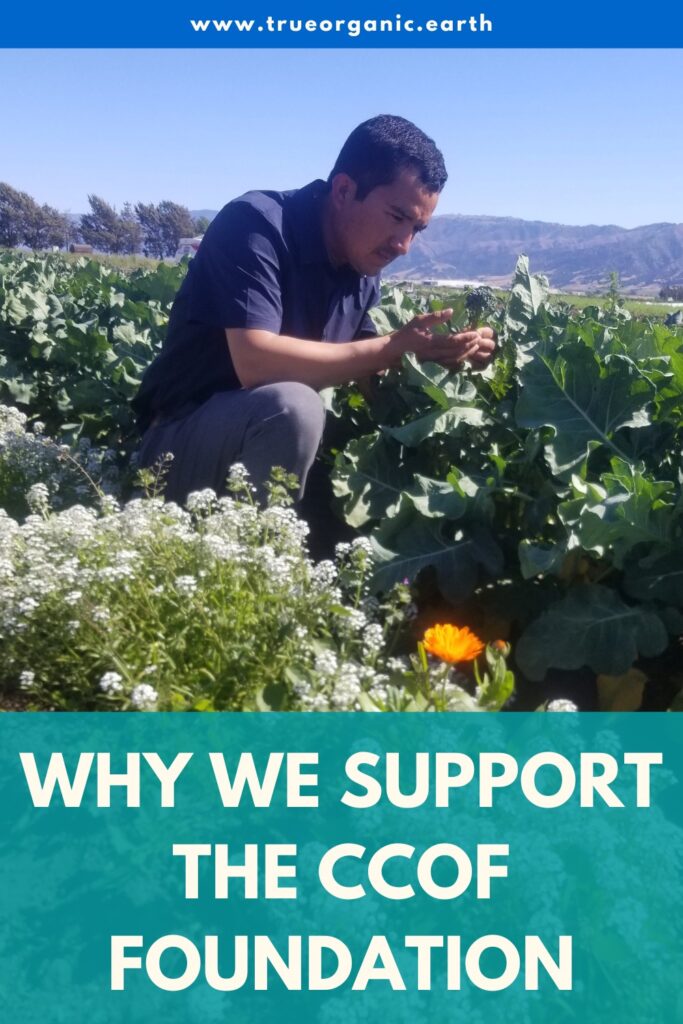


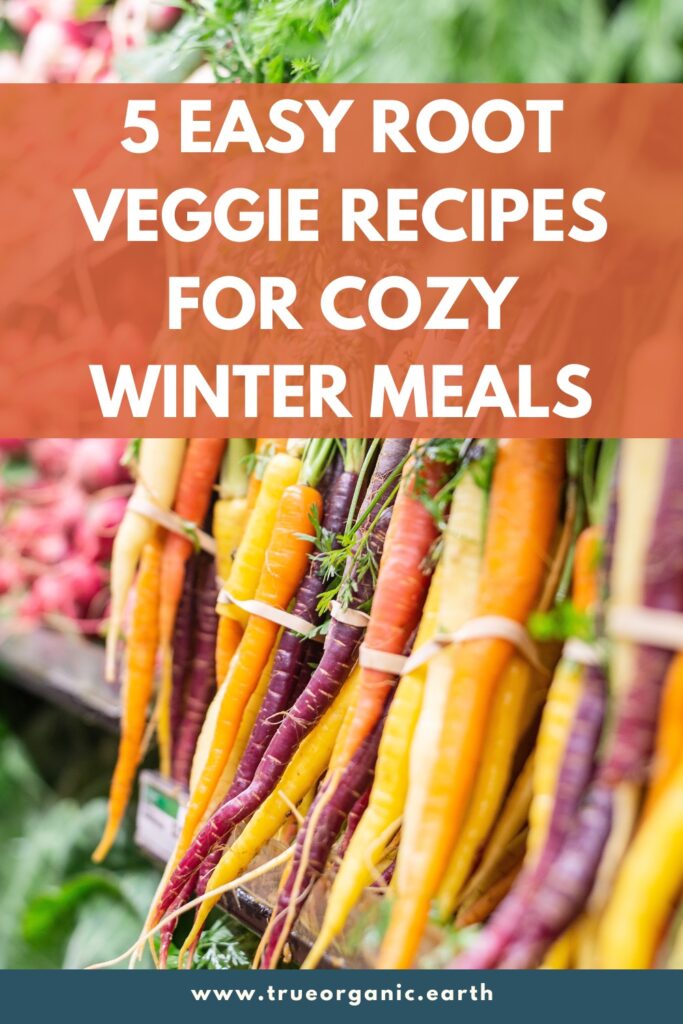
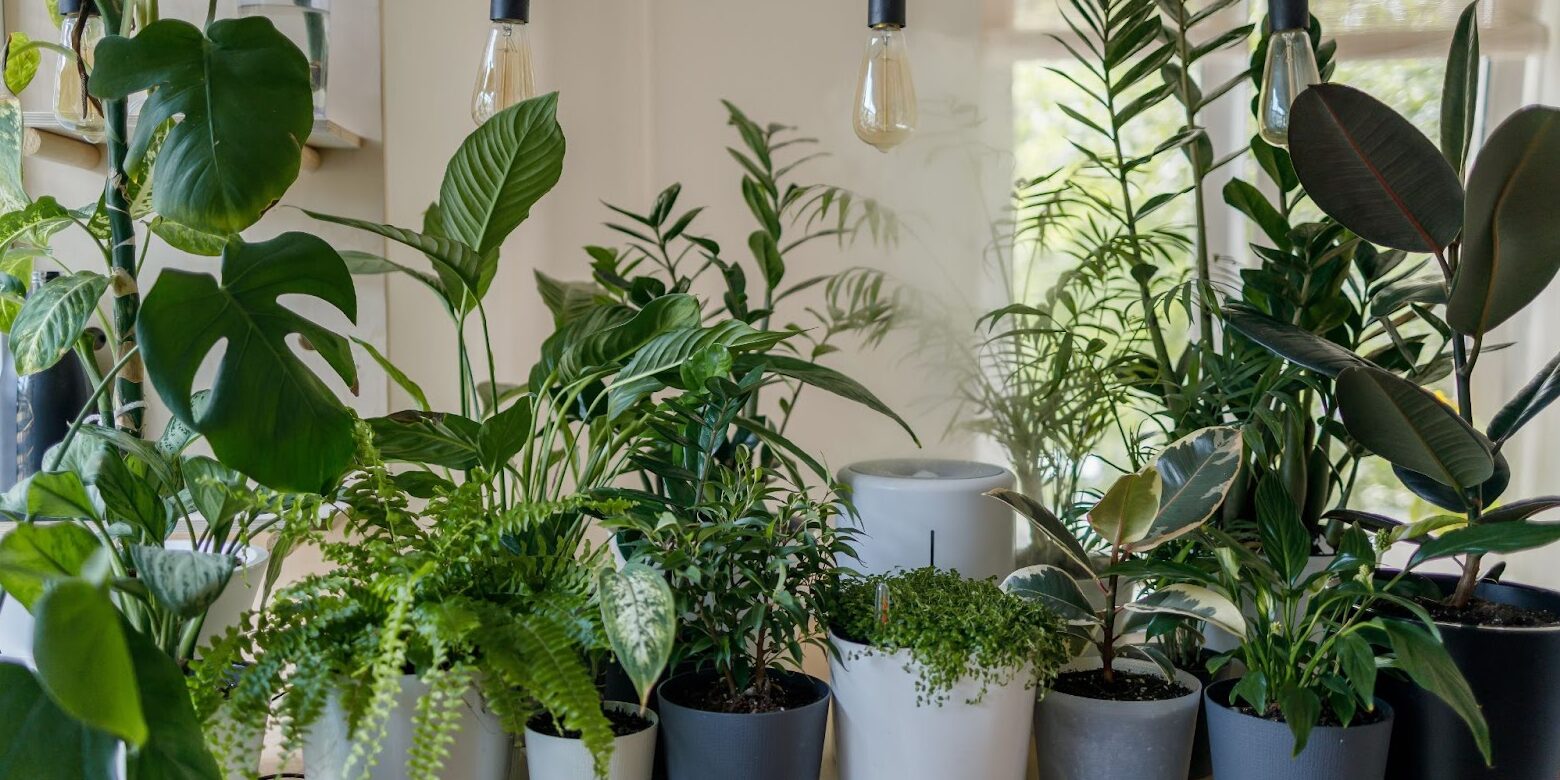
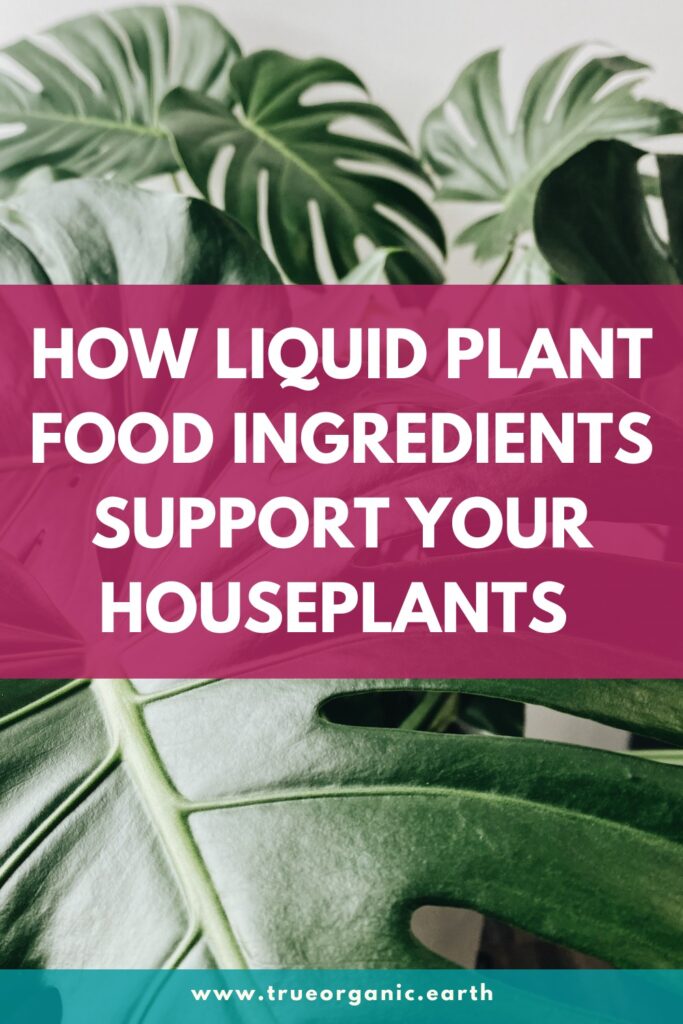
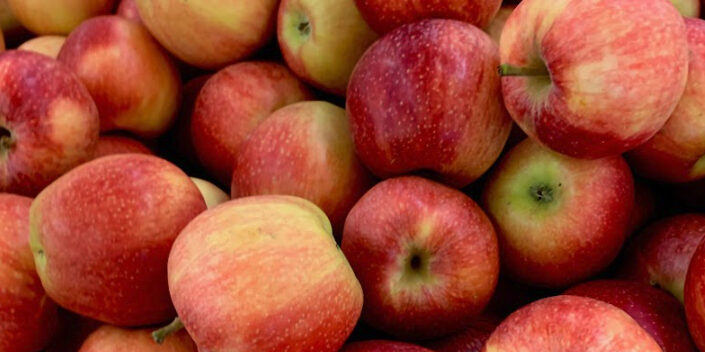
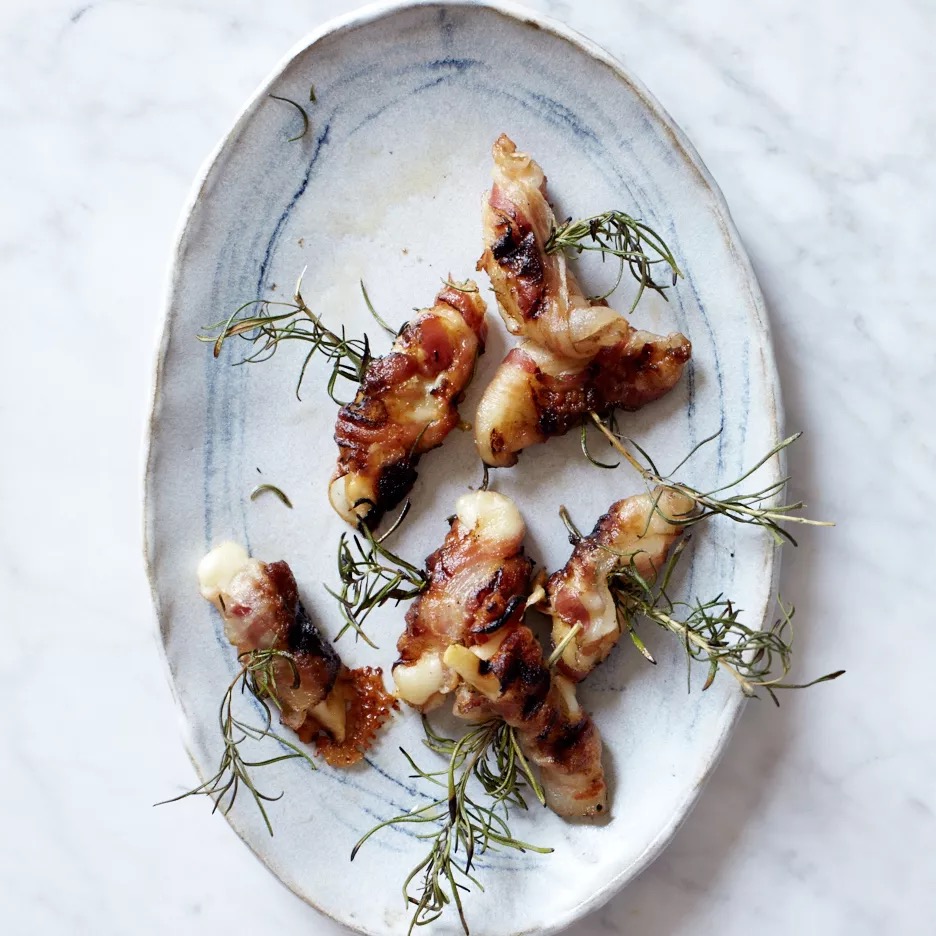 Apples On Horseback
Apples On Horseback Apple & Cheddar Quesadillas
Apple & Cheddar Quesadillas

 Tidy up, weed, and turn soil
Tidy up, weed, and turn soil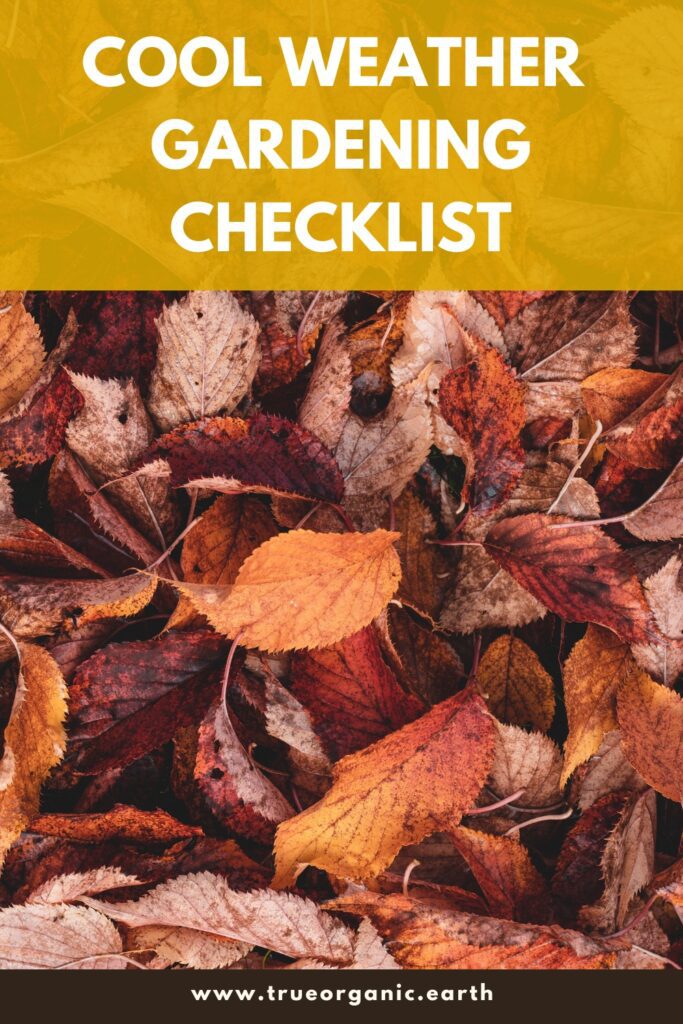

 What Is Bone Meal?
What Is Bone Meal?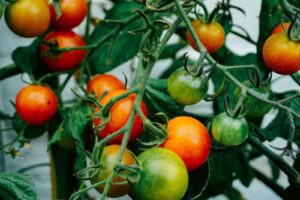 3: Bone Meal only needs to be applied twice a year for sustained support.
3: Bone Meal only needs to be applied twice a year for sustained support.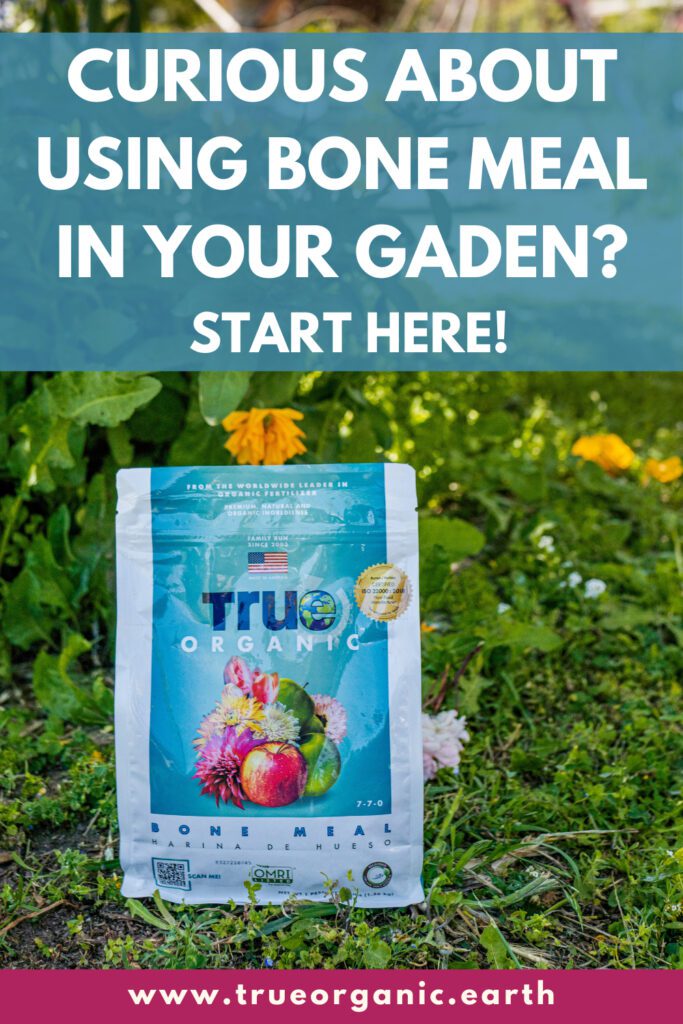
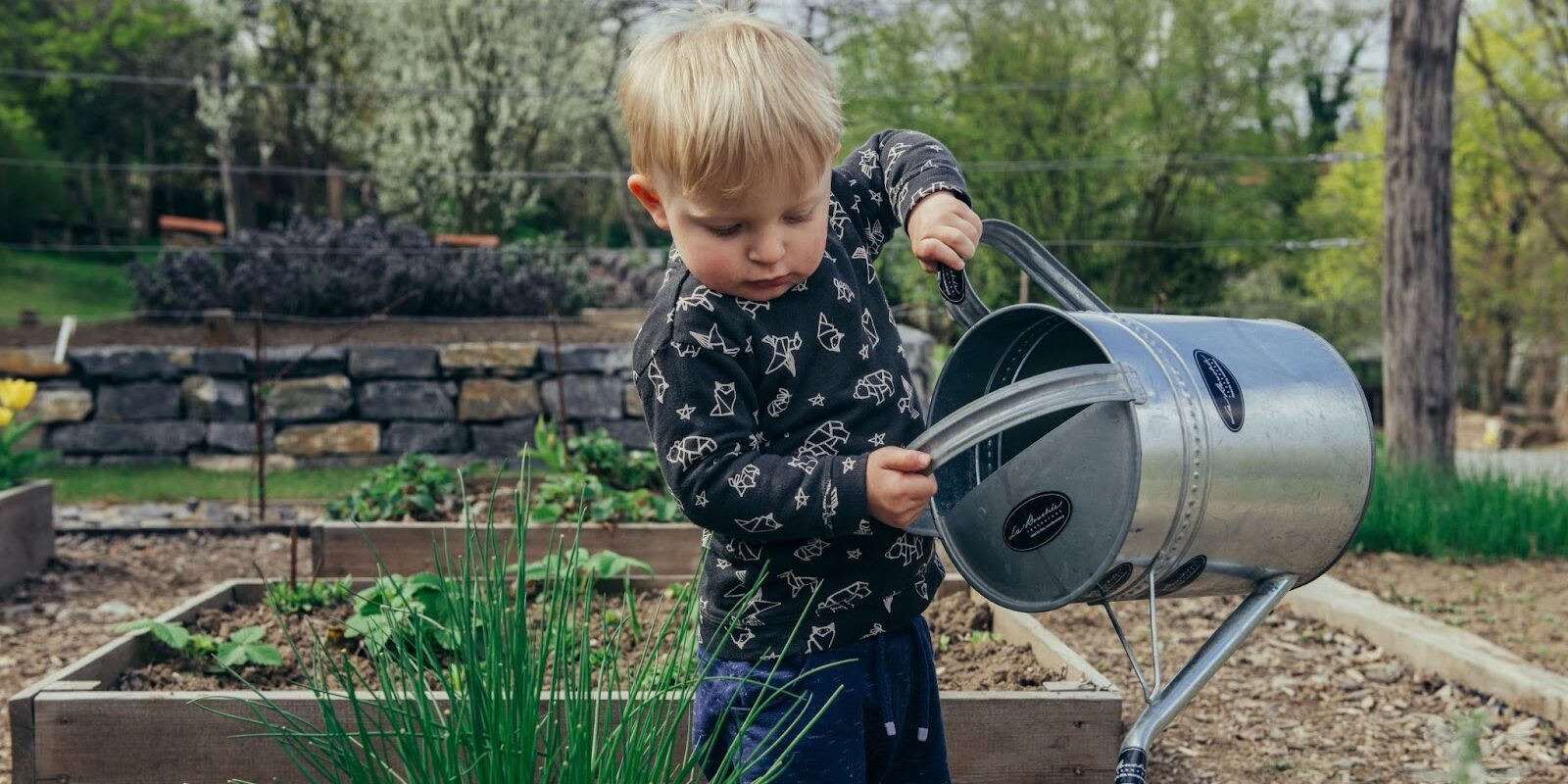

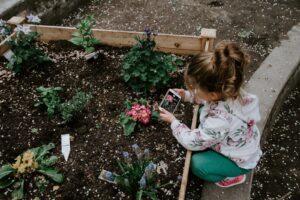 Keep A Garden Journal
Keep A Garden Journal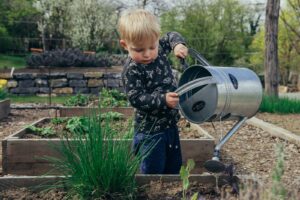 Gardening With Wee Ones
Gardening With Wee Ones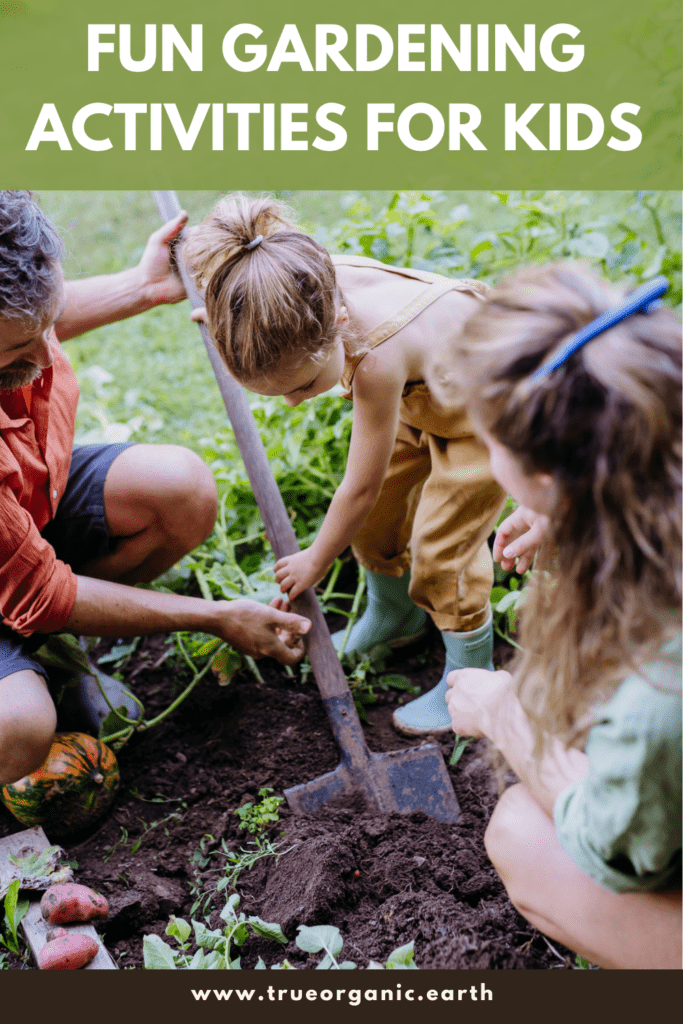
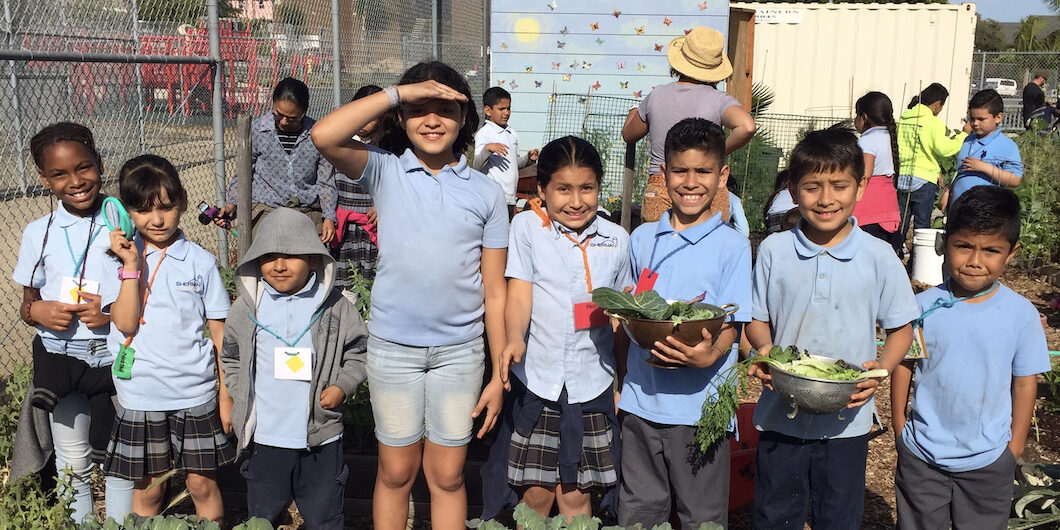
 Building The Garden
Building The Garden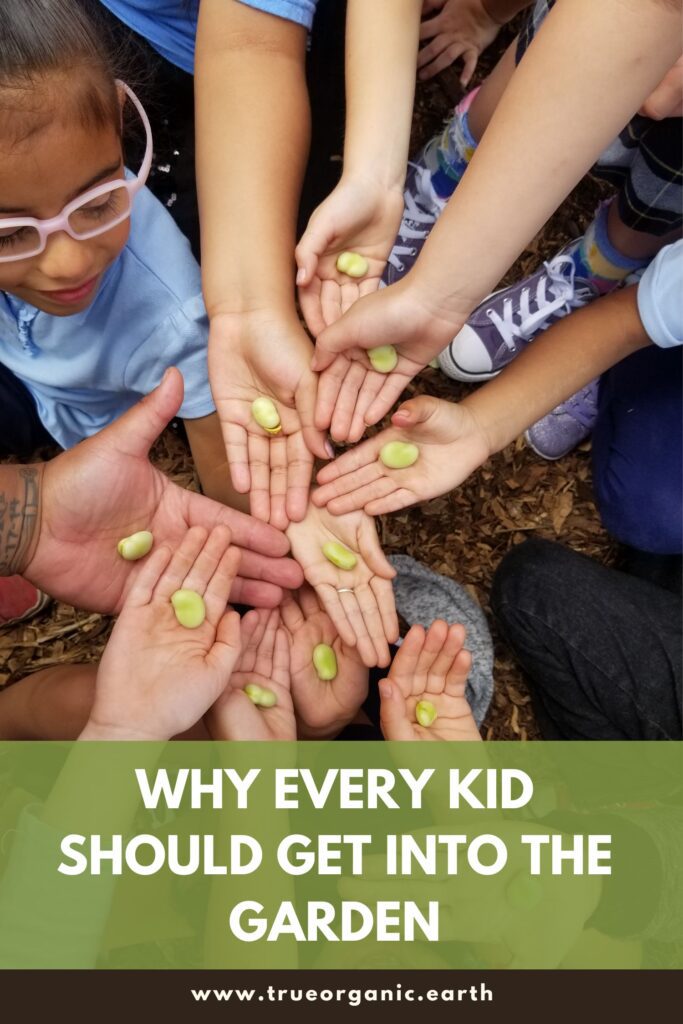
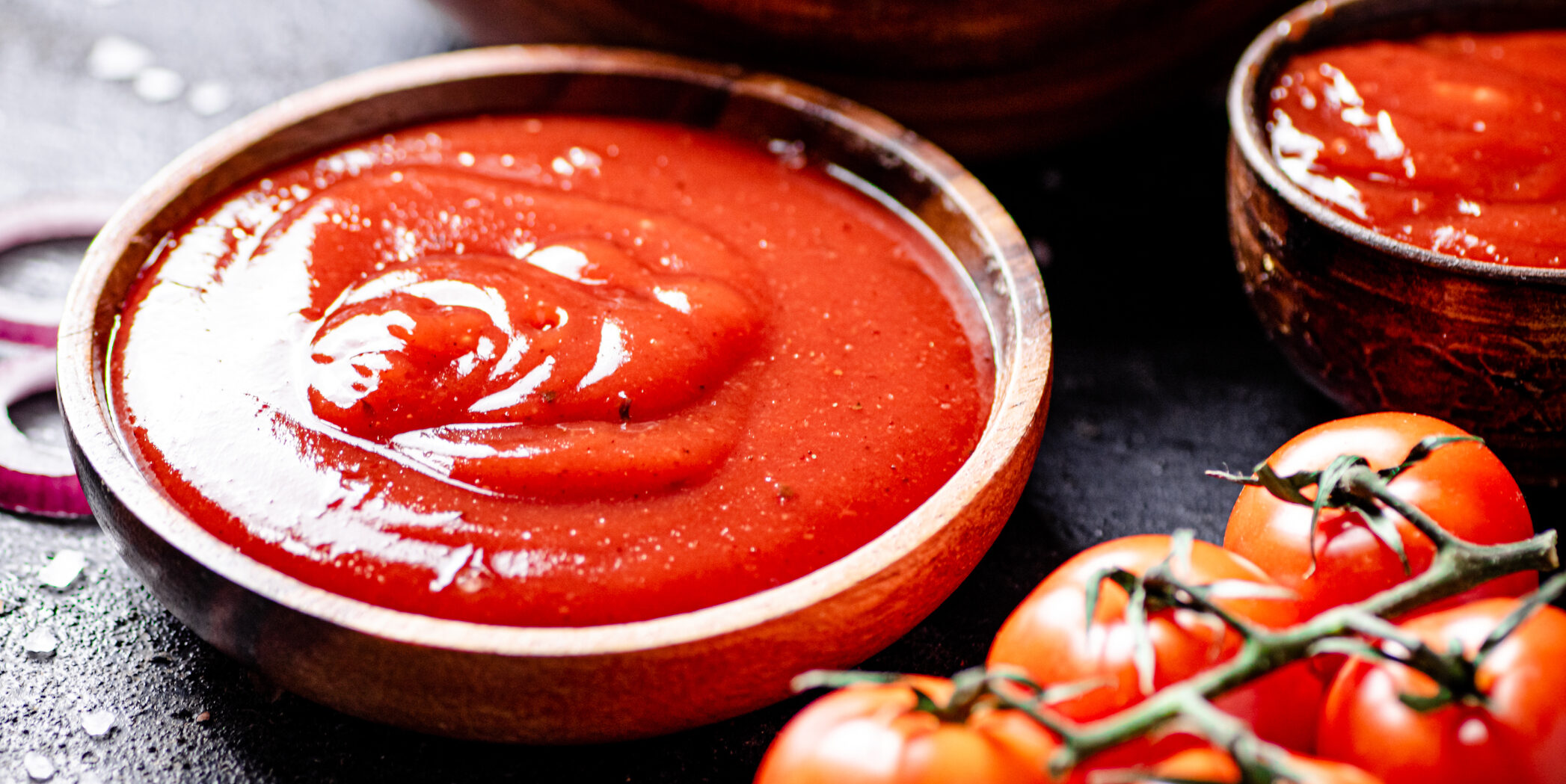
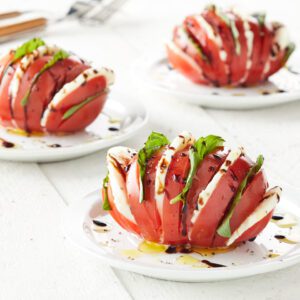 Stuffed Caprese Tomatoes
Stuffed Caprese Tomatoes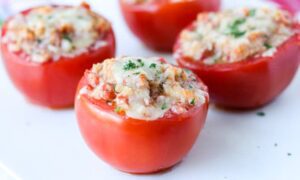 Baked Stuffed Tomatoes
Baked Stuffed Tomatoes